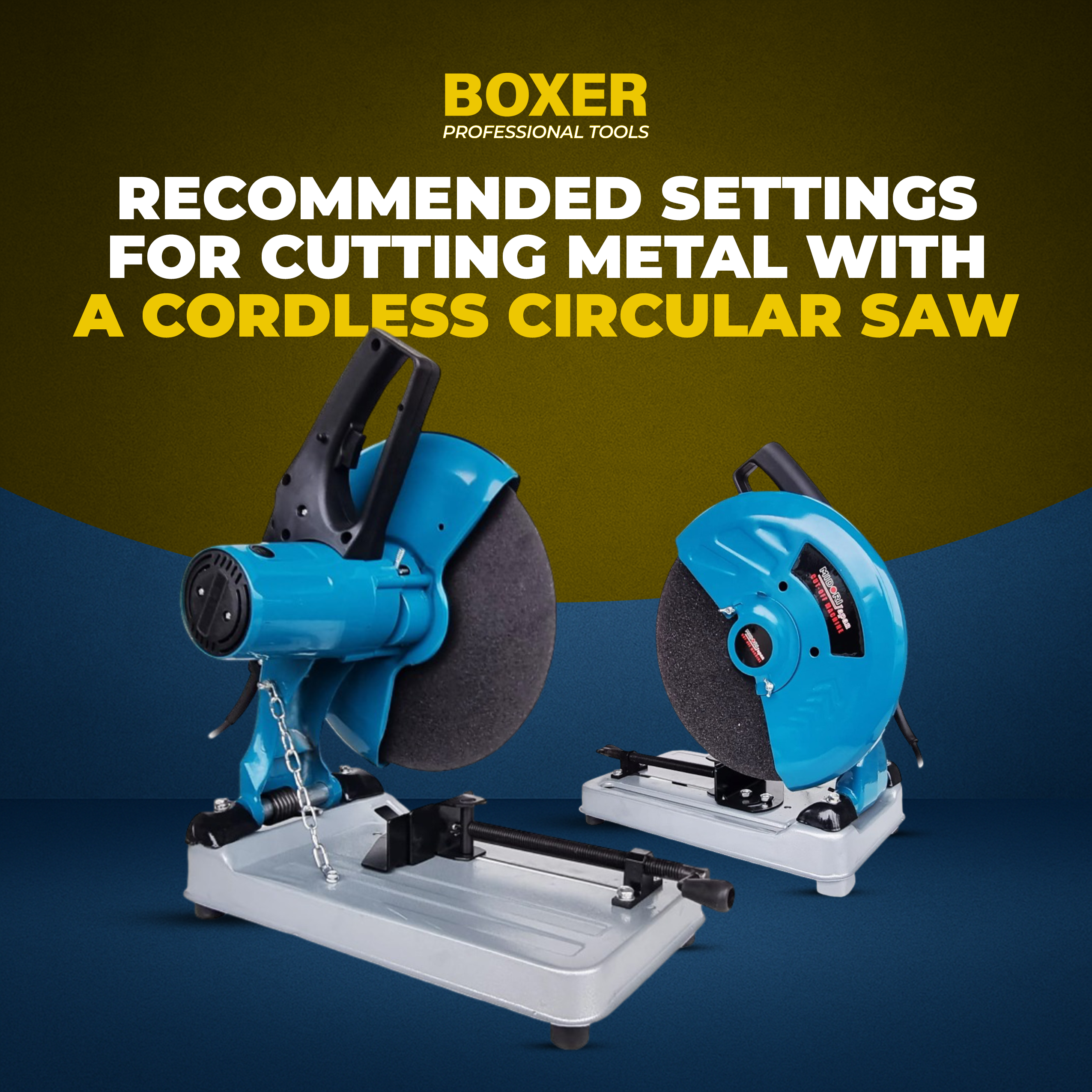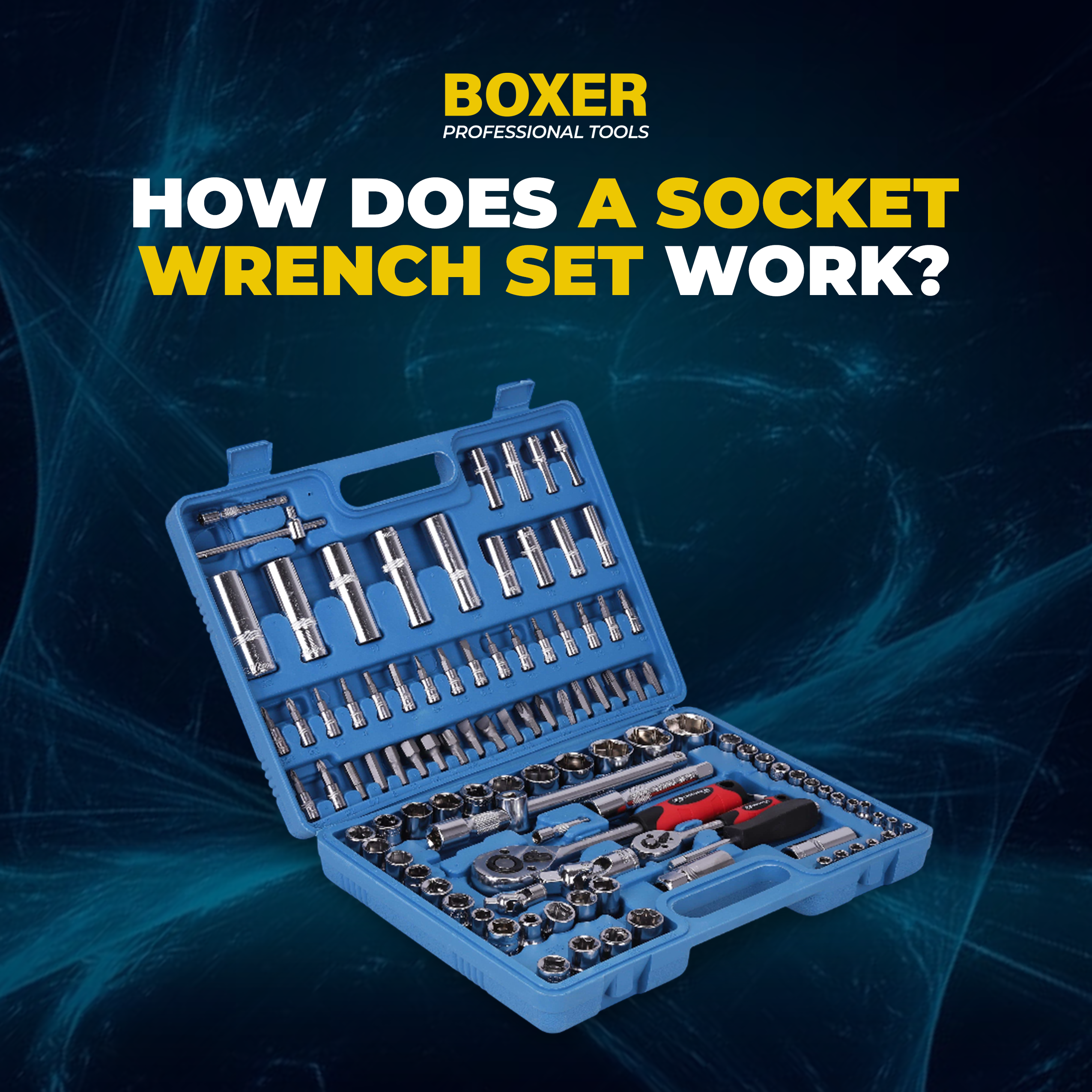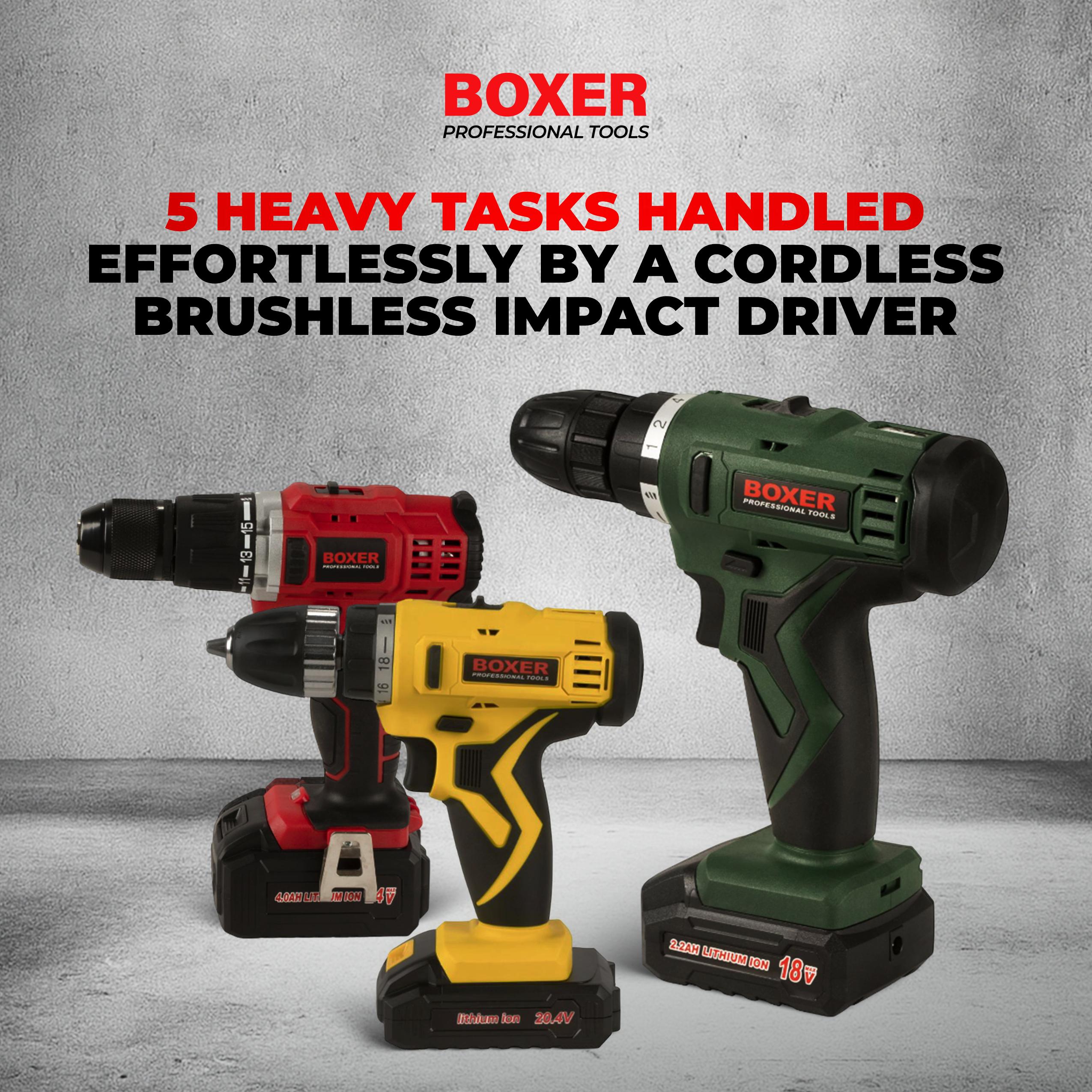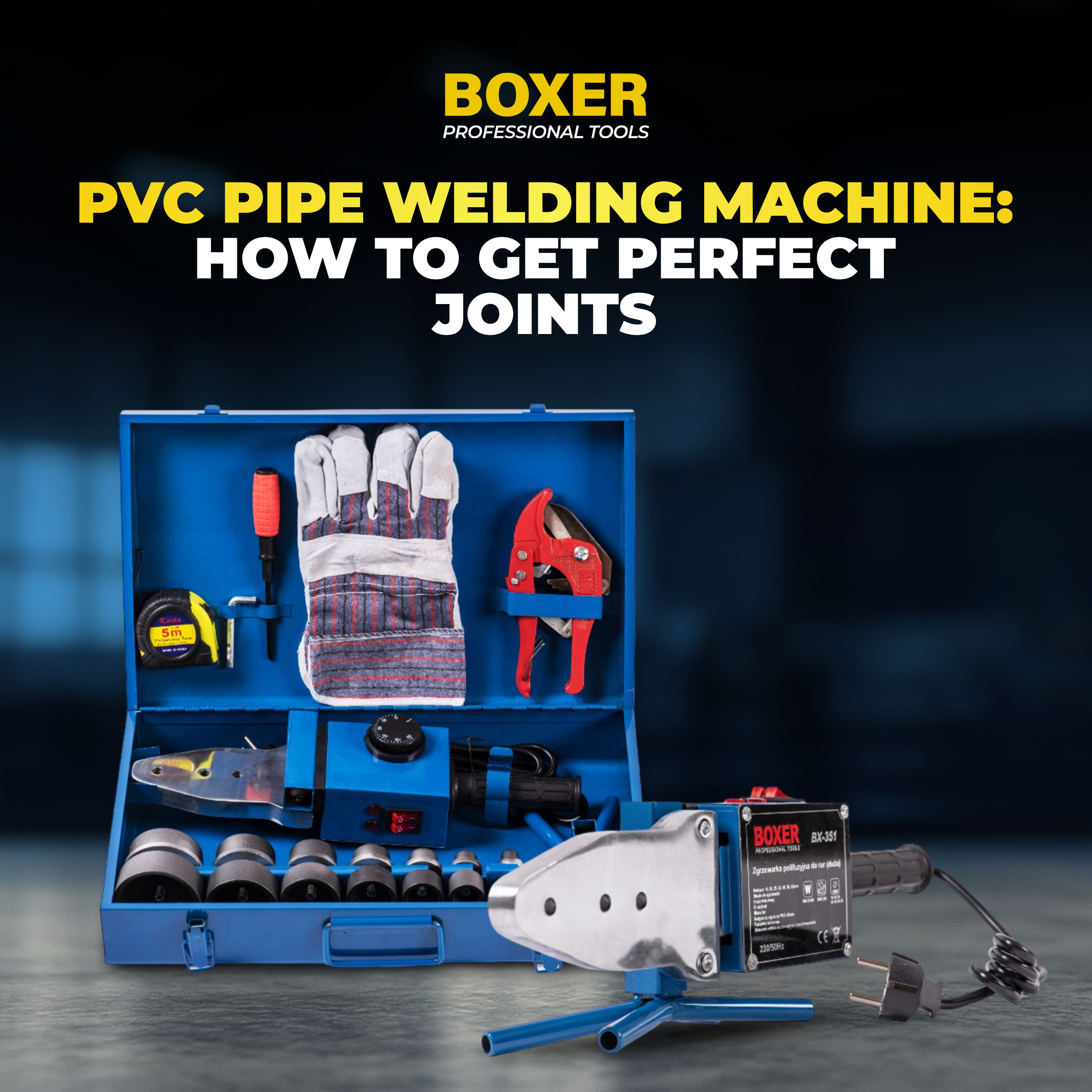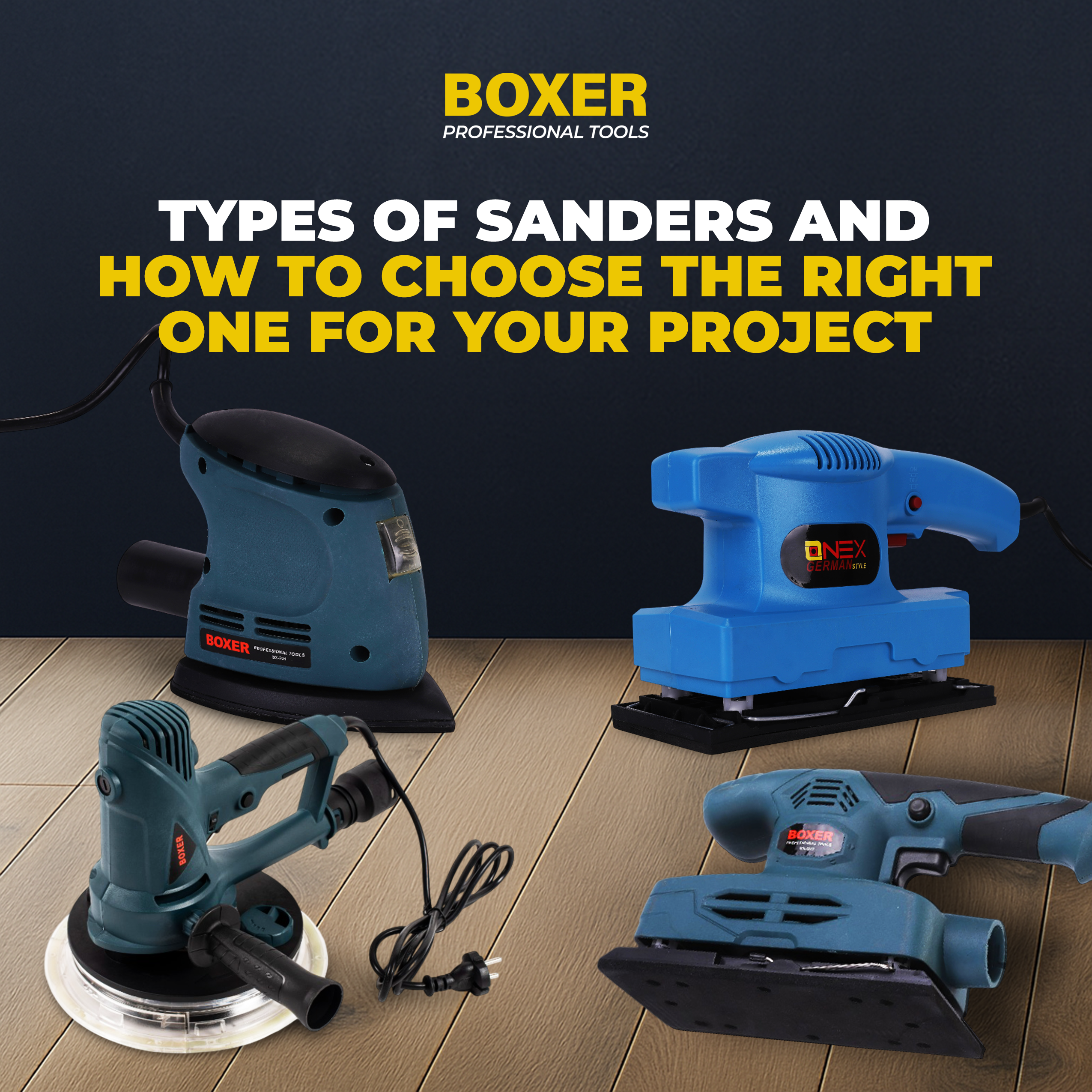Successfully subscribed!
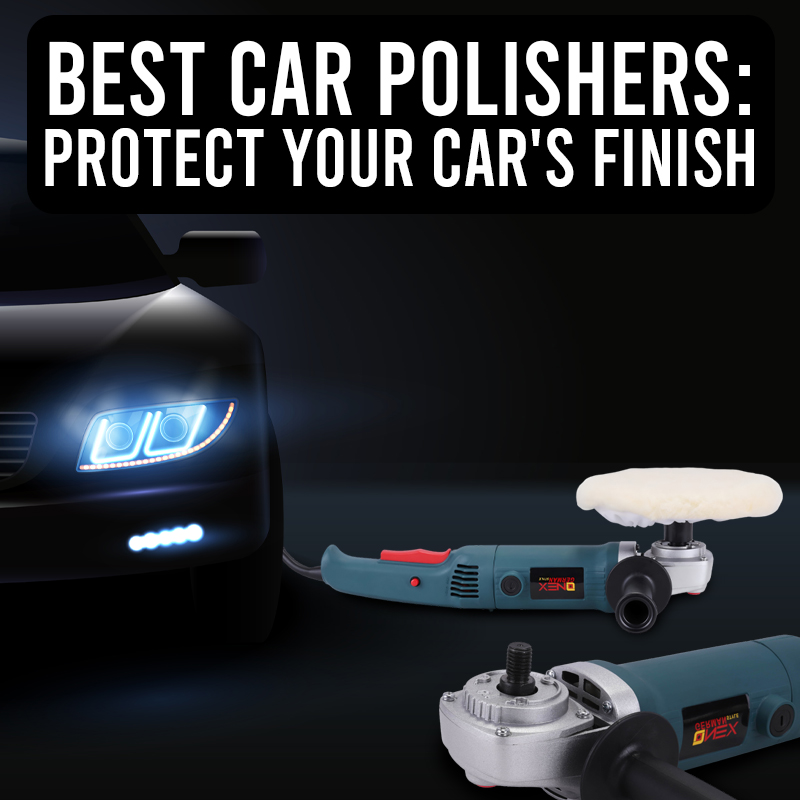
Best Car Polishers: Protect Your Car's Finish
08 Nov 2024
Your car is more than just a mode of transport; it's an extension of your personality. Keeping it looking its best is a matter of pride for many car owners. One of the most effective ways to maintain your car's stunning appearance is through regular polishing. But with a plethora of car polishers available, choosing the right one can be overwhelming. In this comprehensive guide, we'll delve into the world of car polishers, helping you make an informed decision to safeguard your vehicle's finish.
Why Car Polishers Are Essential for Vehicle Maintenance
A car’s surface endures constant exposure to the elements, from UV rays to road contaminants. Over time, this exposure can cause oxidation, fading, and surface imperfections. Here’s why using a car polisher is crucial:
- Protects Against Oxidation: Polishing removes the top layer of oxidized paint, leaving a smooth, vibrant layer that looks fresh and new.
- Enhances Shine and Gloss: A car polisher improves shine by smoothing out the surface, creating that mirror-like reflection.
- Restores Paint Clarity: Minor scratches and swirl marks can dull a car’s surface, but polishing helps fill these imperfections, giving the paint a more uniform, pristine look.
- Improves Resale Value: A well-maintained exterior not only enhances appearance but also boosts resale value, as it signals care and quality to potential buyers.
Types of Car Polishers
Car polishers come in various types, each with its own set of advantages and disadvantages. Here's a breakdown of the most common types:
1. Hand Polishers:
Pros:
- Easy to use
- Portable
- Budget-friendly
Cons:
- Labor-intensive
- Time-consuming
- May not achieve a high-gloss finish
2. Dual-Action (DA) Polishers:
Pros:
- User-friendly
- Less prone to burning the paint
- Suitable for beginners and experienced detailers
Cons:
- Slower than rotary polishers
- May not be as effective for heavy paint correction
3. Rotary Polishers:
Pros:
- Powerful
- Faster correction time
- Ideal for heavy paint correction
Cons:
- Requires more skill and experience
- Higher risk of burning the paint if not used correctly
Features to Look for in the Best Car Polishers
Finding the right car polisher can make a significant difference in ease of use and final results. Here are the key features to keep in mind:
- Variable Speed Control: Adjusting the speed based on the surface area and polish type allows for more controlled and tailored results.
- Ergonomics: Look for lightweight, comfortable handles that make it easy to maneuver for extended periods.
- Power and Motor Efficiency: Higher power levels (measured in amps) usually provide better performance, particularly for tougher tasks.
- Pad Compatibility: Some polishers support various pad types, which is essential for tackling different levels of paint damage.
- Corded vs. Cordless: Cordless options offer mobility and convenience, although they may have less power and limited battery life compared to corded options.
Top-Rated Car Polishers
Here are some of the best car polishers in the market:
Best Overall:
Boxer Tool's OX1080: 1950W Powerful motor for efficient polishing. Versatile and Adjusts speed from 1500 to 3800 RPM for various surfaces. Ergonomic Design & Easy Disc Changes
DA Polishers:
- Porter-Cable 7424XP: A popular choice for beginners and enthusiasts, offering excellent performance and durability.
- Griot's Garage G9: Known for its smooth operation and consistent results, making it a favorite among detailers.
- Rupes Bigfoot: High-end DA polishers that deliver professional-grade results.
Rotary Polishers:
- Flex XC-3401 VRG: A powerful and versatile rotary polisher suitable for various paint correction tasks.
- Rupes LHR 15ES: A high-end rotary polisher with advanced features to minimize the risk of burning the paint.
Additional Tips for Car Polishing
- Prepare the Surface: Wash your car thoroughly to remove dirt and debris. Clay bar the paint to remove embedded contaminants.
- Choose the Right Polish: Select a polish that matches the level of correction needed.
- Use the Correct Pads: Different pads are designed for different tasks. Use a cutting pad for heavy correction, a polishing pad for medium correction, and a finishing pad for final polishing.
- Work in Small Sections: Focus on one section at a time to ensure even application and avoid overheating the paint.
- Apply Light Pressure: Excessive pressure can lead to paint damage.
- Maintain Proper Technique: Follow the manufacturer's instructions and use the correct technique to achieve optimal results.
- Wax or Sealant: After polishing, apply a wax or sealant to protect your car's finish from the elements.
How to Maintain and Care for Your Car Polisher
Proper maintenance of your car polisher will ensure it lasts longer and performs better. Here are a few steps for upkeep:
- Clean the Pads After Each Use: Wash out any polish residue to prevent it from hardening, which can scratch your car on future uses.
- Inspect Regularly: Check the motor, cord, and speed settings periodically to catch any issues early.
- Store Properly: Keep your polisher in a dry, cool place to avoid moisture-related damage to the motor.
Choosing the Best Car Polisher to Protect Your Car’s Finish
Selecting the best car polisher depends on your experience, budget, and vehicle needs. If you’re new to car care, an orbital or dual-action polisher is a safe and effective choice. Professionals may prefer the added power of a rotary polisher, while cordless options provide convenience for users on the go. Whichever model you choose, a good car polisher is a worthy investment that keeps your car looking pristine and helps maintain its value over time.
Keep your vehicle looking as good as new with one of these best car polishers, and enjoy the satisfaction of a smooth, mirror-like finish that lasts. With regular use and proper maintenance, your car’s finish will stay protected against the elements, giving you that fresh-from-the-showroom look every day.
Copyright © 2025 Boxertools | Powered By Orance Media Group


